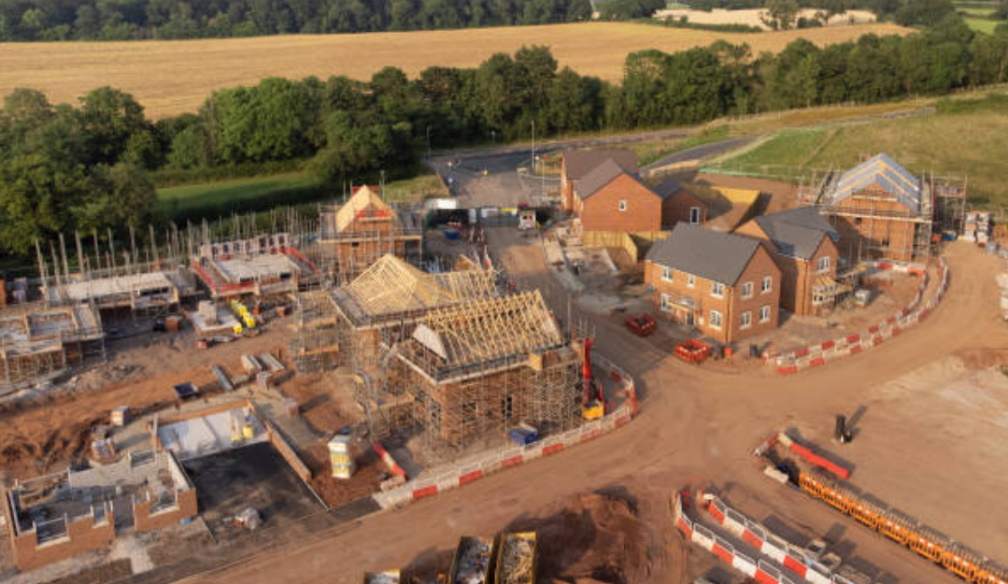Understanding Different Types of Land for Development
- Written by NewsServices.com

The definition of land for development is a term used to describe the use of land that has been acquired or set aside to create some kind of development such as a residential, commercial, industrial, or public facility. It is also known as land acquisition and may involve purchasing an existing property from its current owner, leasing it from another party, or setting aside public lands for a specific purpose.
When it comes to land developments in Perth projects there are several factors involved. One factor is the cost of acquiring and preparing the land can be expensive depending on its location and other factors. Another factor is zoning laws different types of developments require different zoning regulations so you need to make sure that any new development fits within local requirements before proceeding with construction. Developers must take into account environmental considerations such as wetlands protection if applicable to ensure that their project does not negatively impact nearby ecosystems or resources. It’s important to analyze market conditions before starting any project to ensure that there will be sufficient demand once completed and operational.
Advantages of Developing Land
These days, developing land has become increasingly popular as a way to add value to properties and areas. Land development is the process of transforming raw land into usable and valuable land that can be used for residential, commercial, or industrial purposes. There are many advantages to developing land that make it appealing for those looking to increase their property’s value or create new opportunities in an area.
One of the major benefits of developing land is the potential for economic growth in an area. Developing a piece of land can create jobs and bring more business opportunities into an area through commercial developments such as shopping centres or office buildings. These developments can bring much-needed income into a community and stimulate economic activity by providing goods and services that weren’t previously available.
Another advantage of developing land is increased property values for existing homes and businesses in the area. New developments often attract new residents which leads to increased demand for housing, driving up home prices in the neighbourhood as well as providing new sources of revenue through taxes paid by those who move into the newly developed properties. This increase in property values also helps existing homeowners build equity which can be used to finance other projects or investments down the road.
Types of Land Development Projects
Land development projects are large-scale endeavours that involve the reorganization of land or the construction of new buildings and facilities. These projects can range from infill developments in an existing city to building a new town on previously undeveloped land. Depending on the scope, these projects may take months or years to complete, and they often require extensive planning and cooperation among different stakeholders.
The most common types of land development projects include:
- Infill Development
Infill developments are small-scale projects that involve the construction of housing, retail establishments, offices, or other structures within an established urban area. These developments typically involve repurposing vacant lots or renovating existing structures to make them more accessible for pedestrians and public transportation users.
- Brownfield Redevelopment
Brownfield redevelopment involves transforming previously contaminated sites into usable areas for commercial use or residential development. This type of project is especially important in densely populated cities where available land is scarce but environmental safety needs to be taken into account when redeveloping a site.
- Greenfield Development
Greenfield developments are large-scale undertakings that involve transforming undeveloped land into usable space for residential housing and commercial businesses such as shopping centres or office parks.
Conclusion
In conclusion, land for development is a critical resource that must be managed responsibly. The amount of land available for development is limited and the demand for it keeps growing with population growth, economic expansion and technological advances. It is important to ensure that any development on land is done in an environmentally sustainable manner, taking into account the ecological needs of the area, as well as the social impacts of such projects. With careful planning and consideration, land can be used in a responsible way to benefit both humans and nature.


















